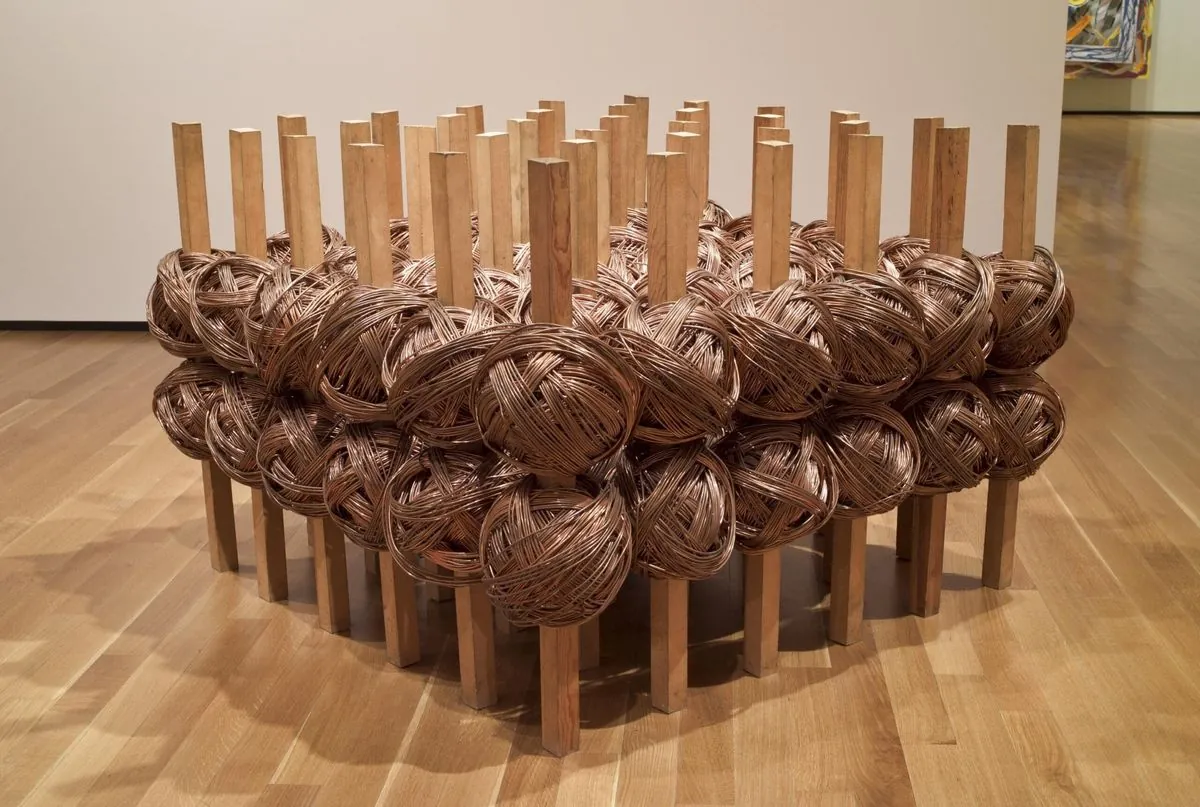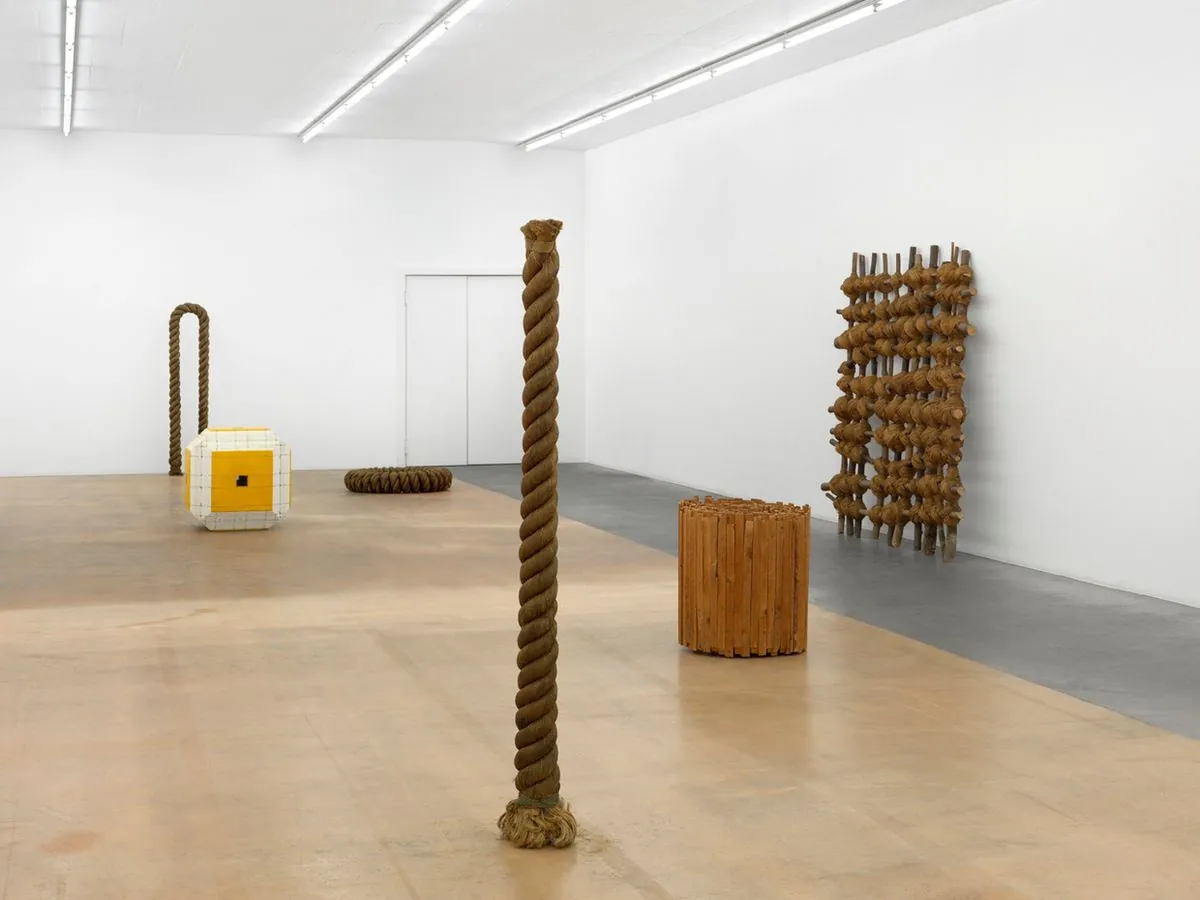Jackie Winsor: Pioneering Sculptor Who Redefined Minimalism Dies at 82
Jackie Winsor, a sculptor who blended minimalism with handcrafted techniques, has passed away at 82. Her unique approach to sculpture, using simple forms and building materials, left a lasting impact on the art world.

Jackie Winsor, a sculptor who redefined minimalism by infusing it with a handcrafted aesthetic, passed away on September 2, 2024, at the age of 82. Her death, caused by a stroke and brain hemorrhage, marks the end of a remarkable career that spanned over five decades.
Winsor's artistic journey began in the late 1960s when she moved to New York after completing her art education. Setting up her studio in a Little Italy warehouse, she embarked on a path that would challenge the prevailing norms of minimalist sculpture.
While embracing the basic geometric forms characteristic of minimalism, Winsor distinguished herself by eschewing industrial processes. Instead, she crafted her pieces by hand using building supplies and natural materials such as wood, concrete, and rope. This approach resulted in sculptures that were both rugged and intimate, reflecting the intense labor and time invested in their creation.

Winsor's unique style can be traced back to her upbringing in Newfoundland, Canada's easternmost province known for its rugged coastline and fishing industry. Growing up in fishing villages, she learned carpentry skills from her father, a factory foreman with architectural aspirations. This background heavily influenced her artistic process, as she approached sculpture as an extension of drawing and building.
One of Winsor's most notable works, "#2 Copper" (1976), exemplifies her ability to transform industrial materials into seemingly delicate forms. The sculpture, consisting of 36 wooden rods wrapped with copper wire, creates an illusion of yarn balls despite weighing 2,000 pounds.
In 1979, Winsor achieved a significant milestone by becoming the first female sculptor to receive a retrospective at the Museum of Modern Art (MoMA) in New York. This recognition coincided with her participation in the prestigious Whitney Biennial, further cementing her status in the art world.
"I give a good number of [my sculptures] activities that you experience in your life. We've all had our emotional lives, we've gone through the wringer now and again."
Winsor's later works often featured cube-shaped sculptures with small openings that allowed viewers to peer inside, revealing colorful interiors. Some pieces were intentionally damaged through burning or explosions, adding another layer of complexity to her art.
Throughout her career, Winsor supported herself through teaching positions at institutions like Hunter College and the School of Visual Arts in New York. She received a Guggenheim Fellowship in 1978, further validating her contributions to the field.
Jackie Winsor's impact on the art world extends beyond her own creations. As a female artist working in a male-dominated field during the women's liberation movement, she paved the way for future generations of sculptors. Her ability to transform common materials into objects of intensity and introspection continues to inspire artists today.
As we reflect on Winsor's legacy, it's clear that her unique approach to sculpture, blending minimalist forms with handcrafted techniques, has left an indelible mark on the landscape of contemporary art. Her work serves as a testament to the power of reimagining established artistic norms and the enduring appeal of art that bears the mark of human touch.


































